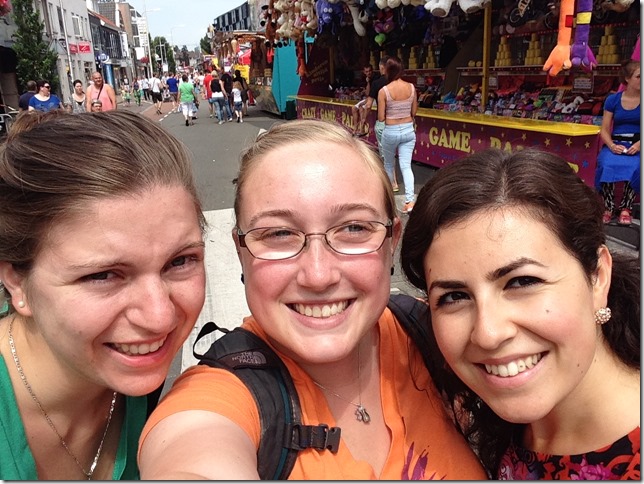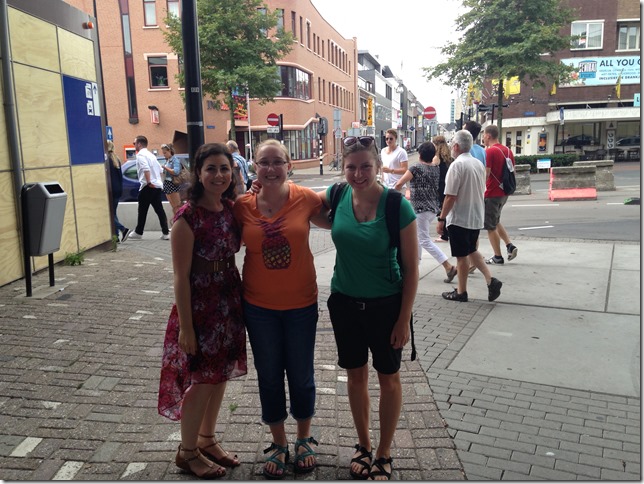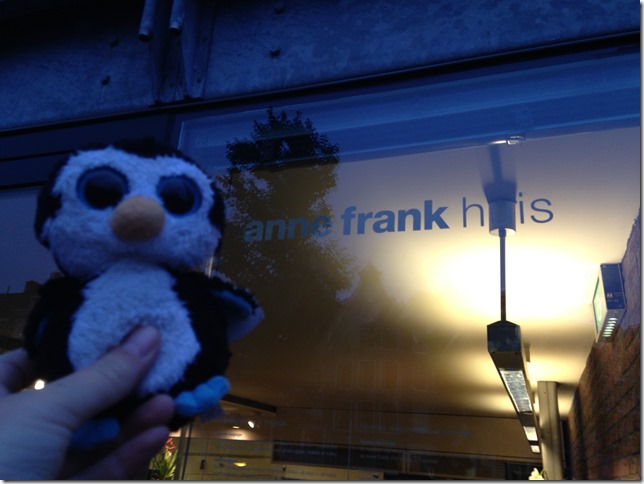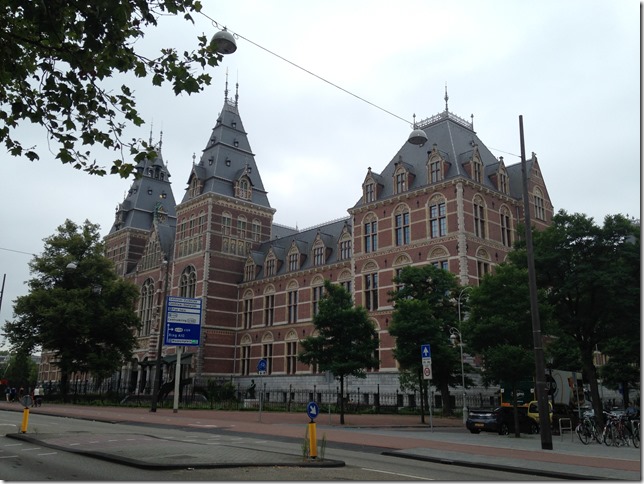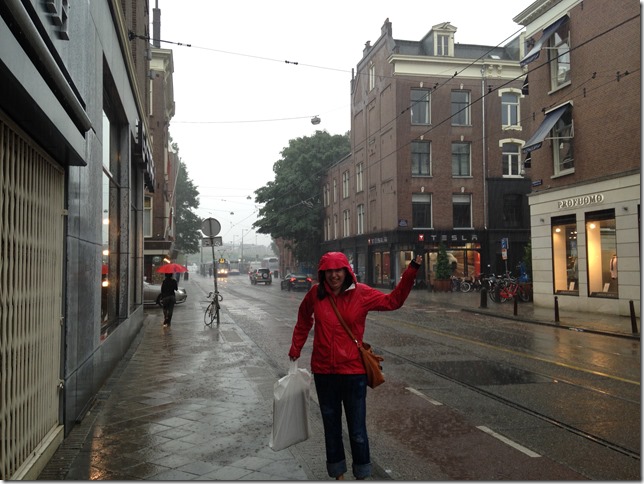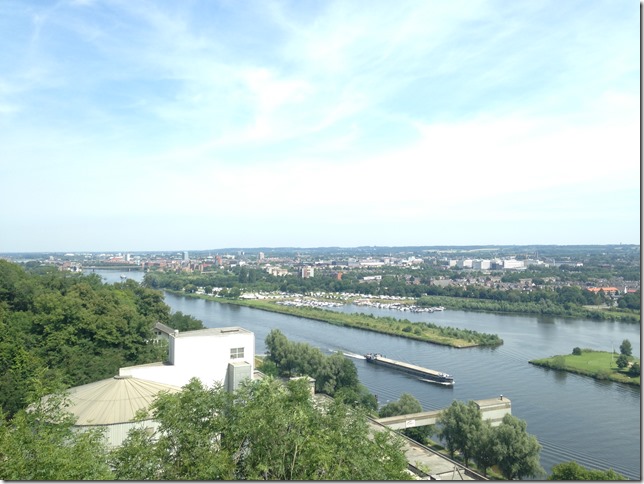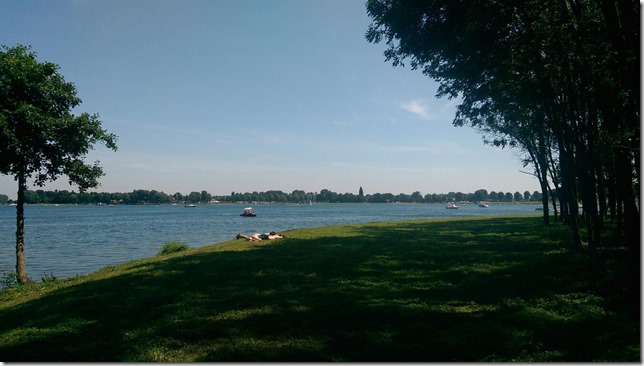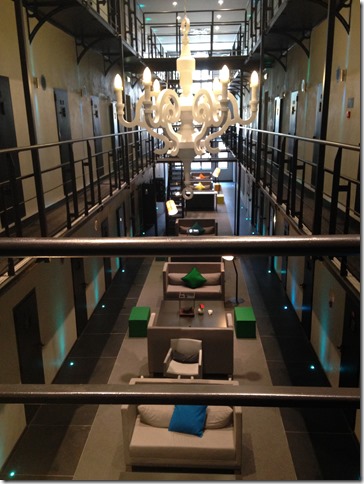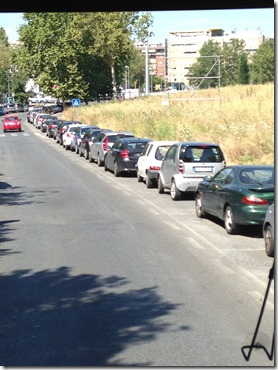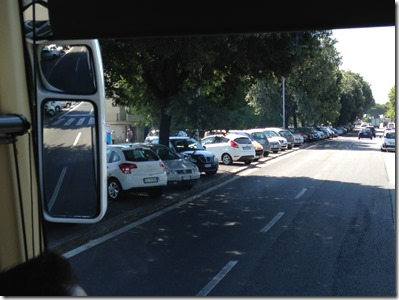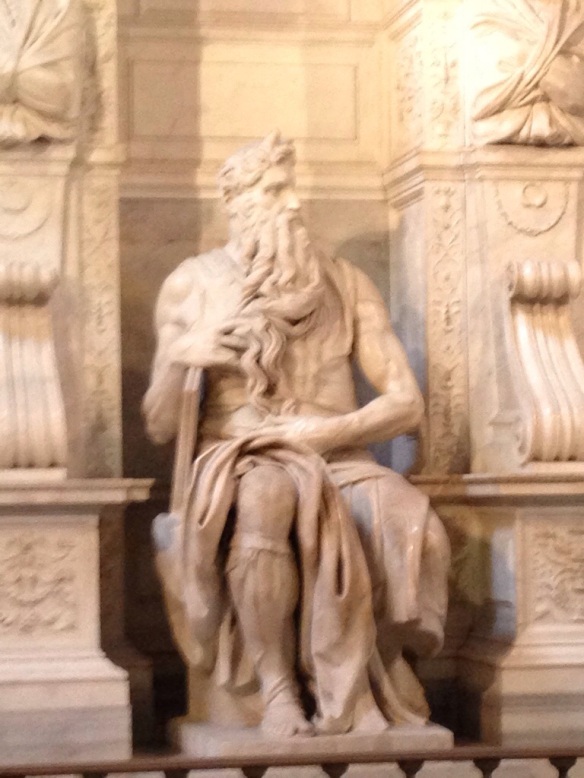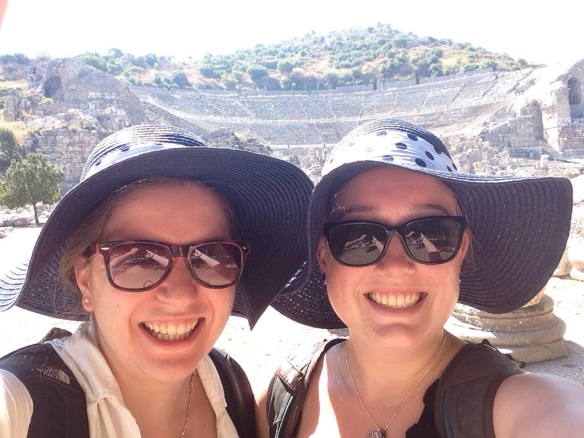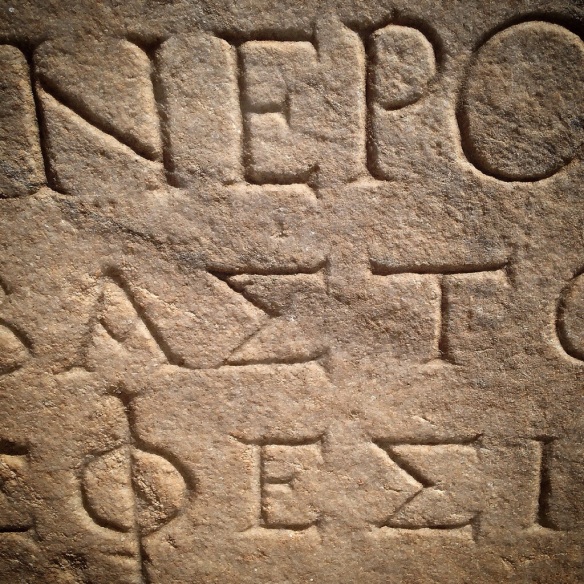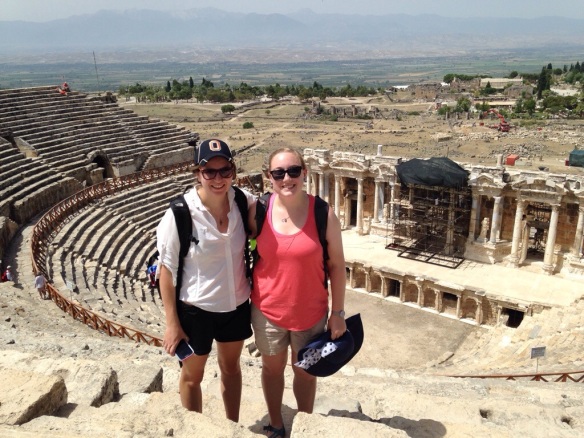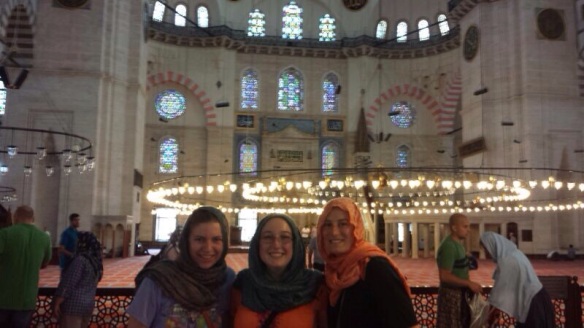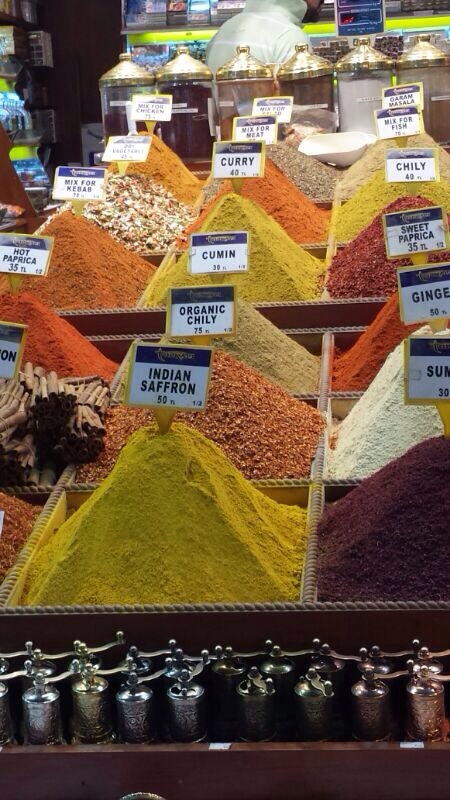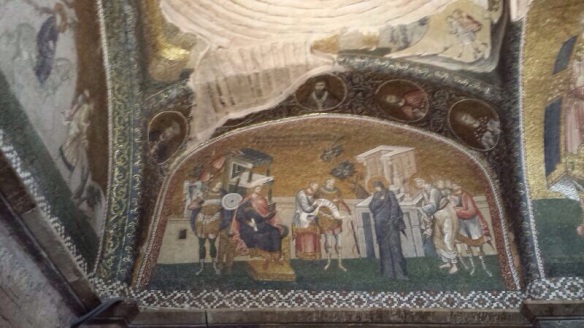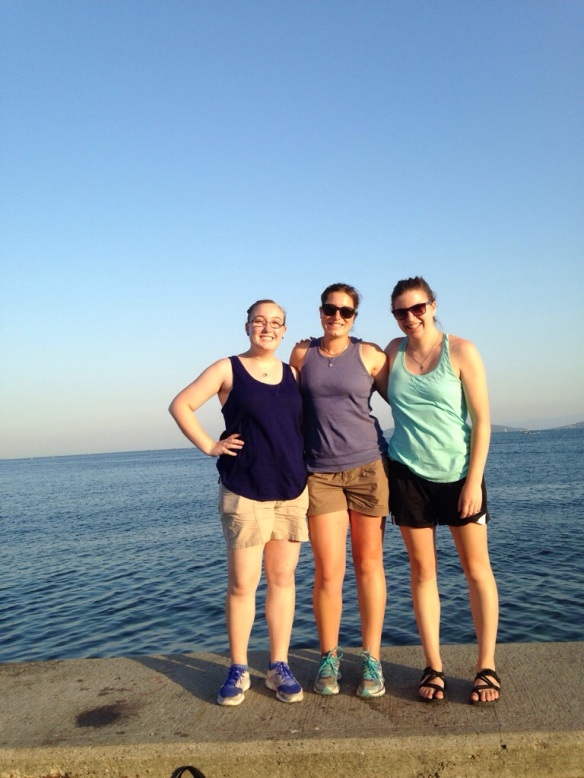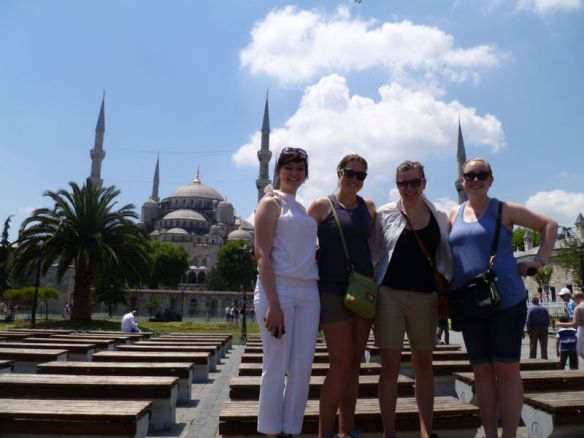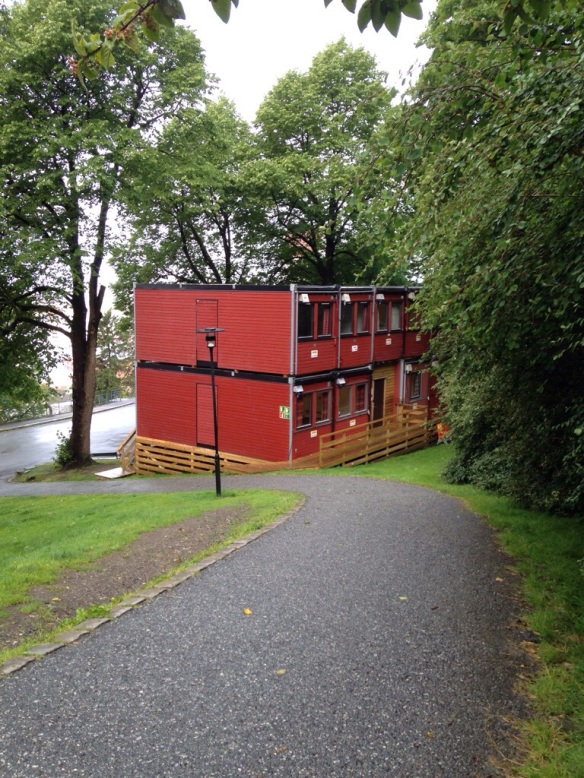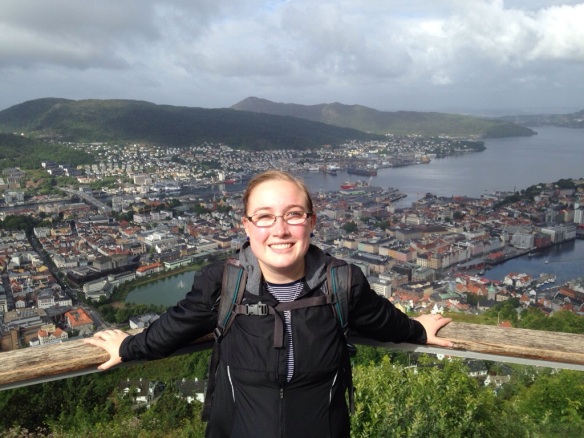We are flying back to PDX today and are pretty excited to be going home to home cooked food and our own beds.
Netherlands Observations:
1. Tap water is practically impossible to find. We brought our water bottles with us because that’s what we do, and there wasn’t anywhere to fill them up except in public restrooms. Water was also really expensive to purchase in restaurants. A 16 oz (.5 L) bottle was over 2 euro, which is like $2.60 in USD. Crazy. At basically all restaurants, we didn’t order drinks and instead drank from our water bottles and filled them when we could.
2. People are much better drivers than in Turkey or Rome. Very few cars have dents, unlike the other places we visited.
3. Everyone bikes everywhere and the locks are built into the bikes. There is a ring that goes around the back tire with a chain that can be attached to a pole or railing. The key stays in the bike lock when in use. Much more convenient than our typical U-locks.
4. The canals are below sea level and are pretty dirty. If you don’t look at the water, everything is really pretty.
5. Food costs were higher than Rome (also on the Euro), but lower than Norway (Kroner). We tried to eat at non-touristy places and didn’t really buy drinks.
6. All of the cities we visited (Maastricht, Roermond, Tilburg, and Amsterdam) were spotless! Everything was really clean (except for the canals in Amsterdam).
7. Dutch breakfast consists of breads, cheese, spreads, and chocolate sprinkles (for toast). Check our our blog post about Roermond for a picture.
8. In the south Netherlands, the neighborhoods looked like they were near Privet Drive in Harry Potter. The houses were all brick with small roofs and tiny front lawns.
9. Travel by train was easy, but expensive. The trains were clean, had wifi and air conditioning, but a 2 1/2 hour trip was about $45. Expensive, but worth it.
10. We fit into the Netherlands population better than anywhere else. People tend to wear brighter colors and more casual clothing. If we entered a restaurant without speaking English, we were always addressed in Dutch first. Apparently we really could fit in there.
Other comments:
1. Gas is ridiculously expensive in Europe.
Norway: $10/gallon
Turkey: $8/gallon
Italy: $8/gallon
Netherlands: $8/gallon
Apparently we really shouldn’t complain about paying $4/gallon at home!
2. Except in the Netherlands, we were immediately addressed in English because it was pretty obvious that we were tourists. It helped that I spoke a little bit of Turkish in Turkey.
3. Splitting a bill in the US is generally called “going Dutch”. In Turkey, this is apparently called the German way, in Rome, the Roman way and in Holland, the Dutch way. Interesting that they all have different names for it.
See everyone soon!


